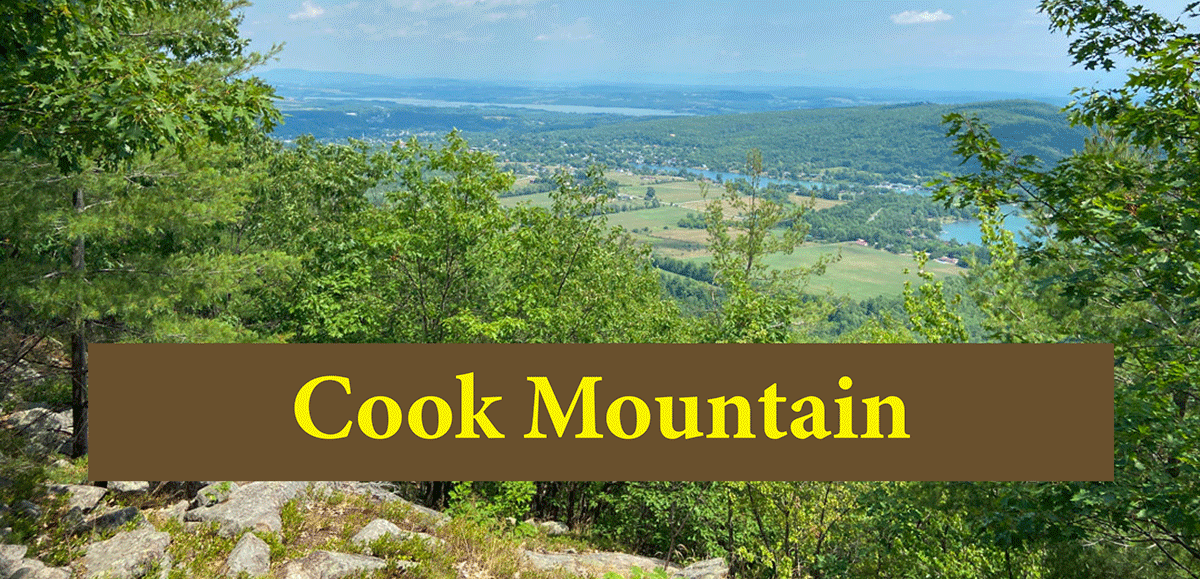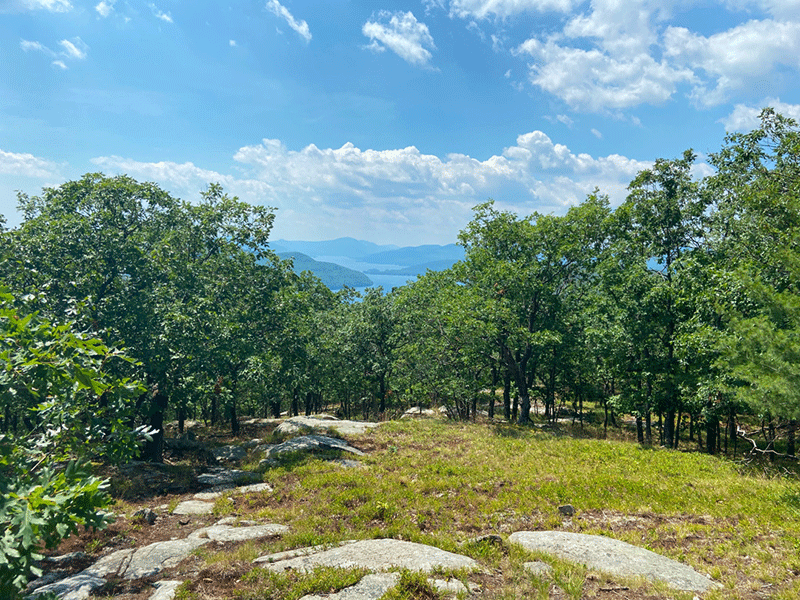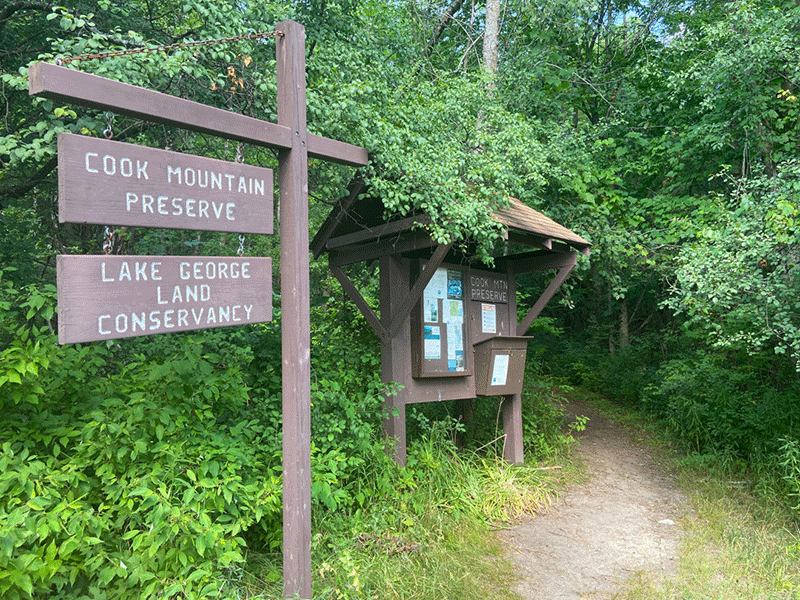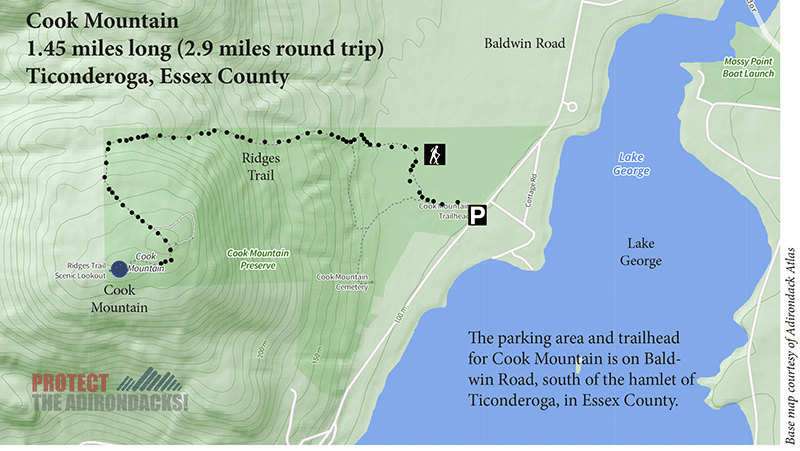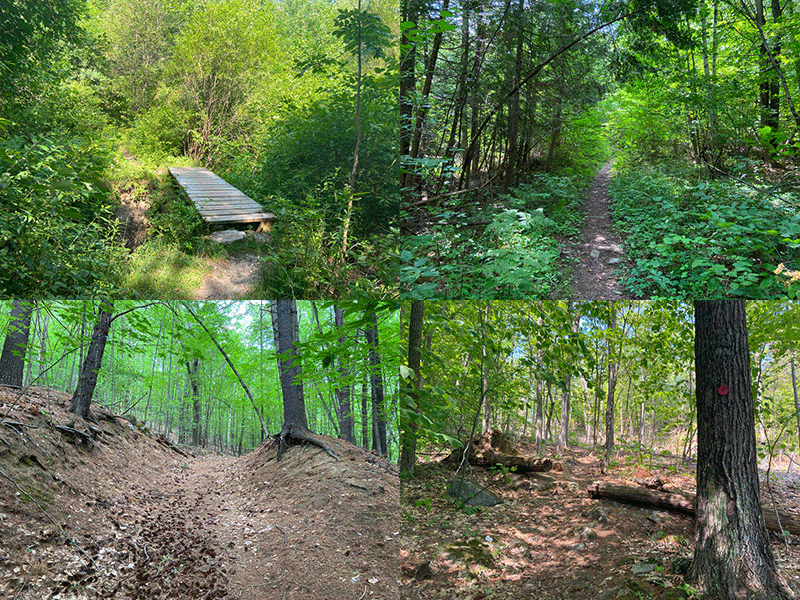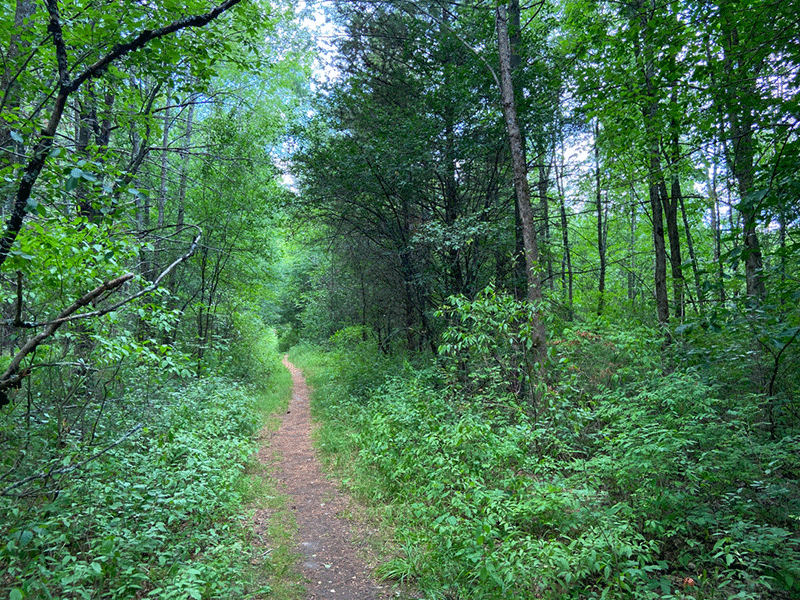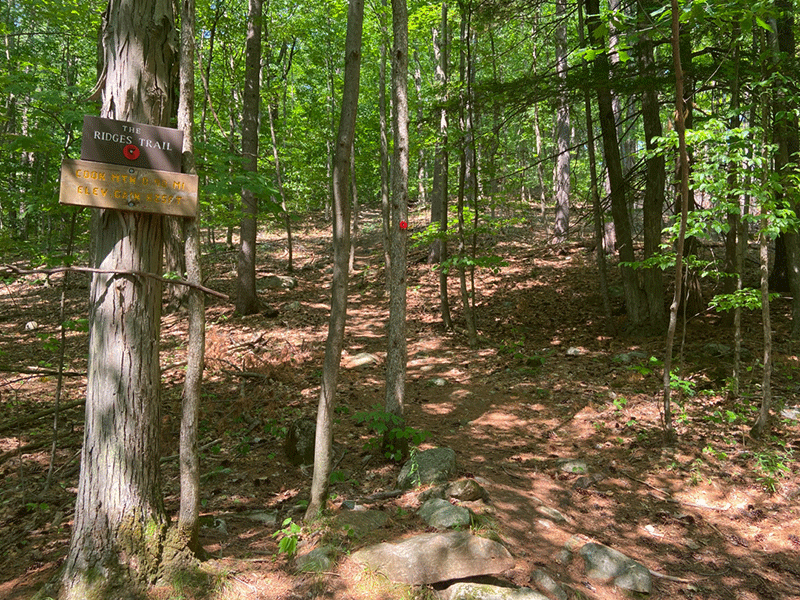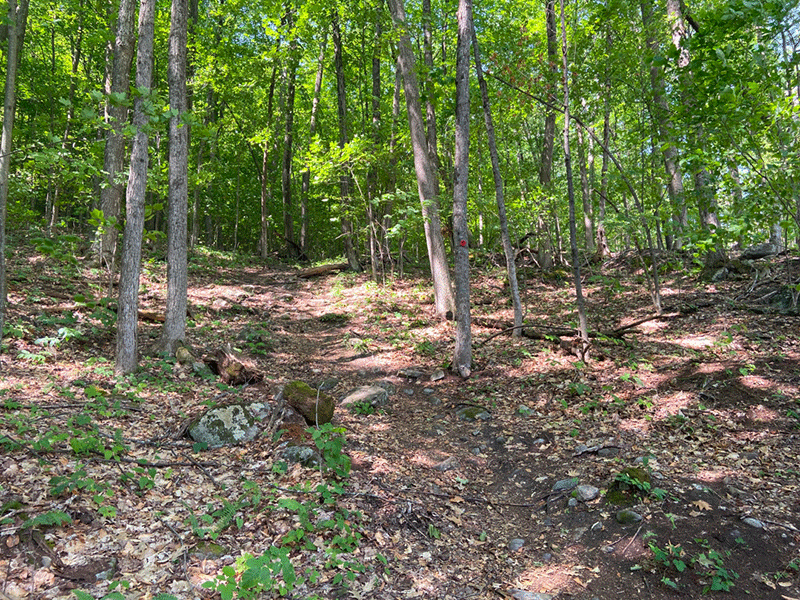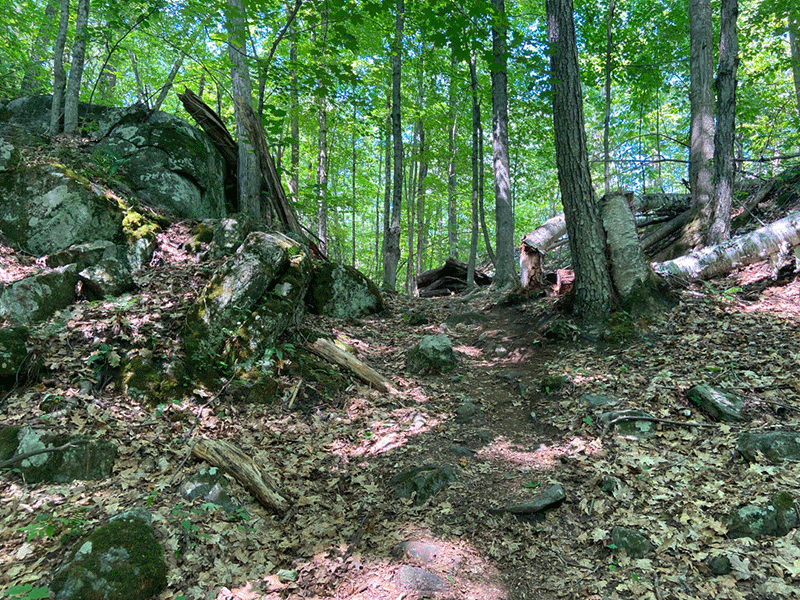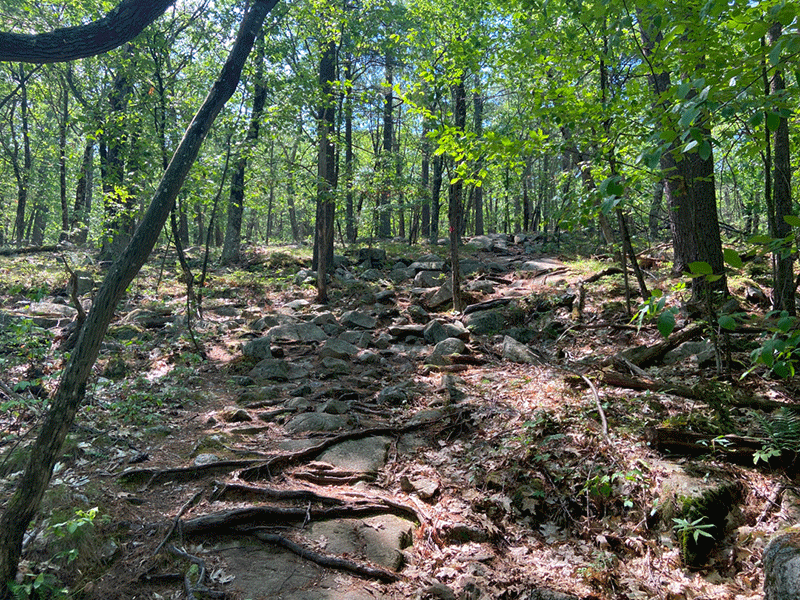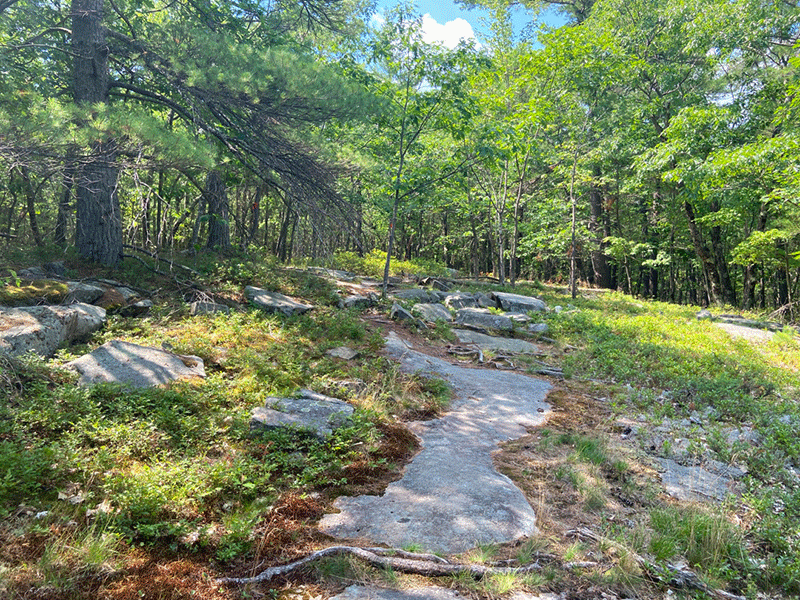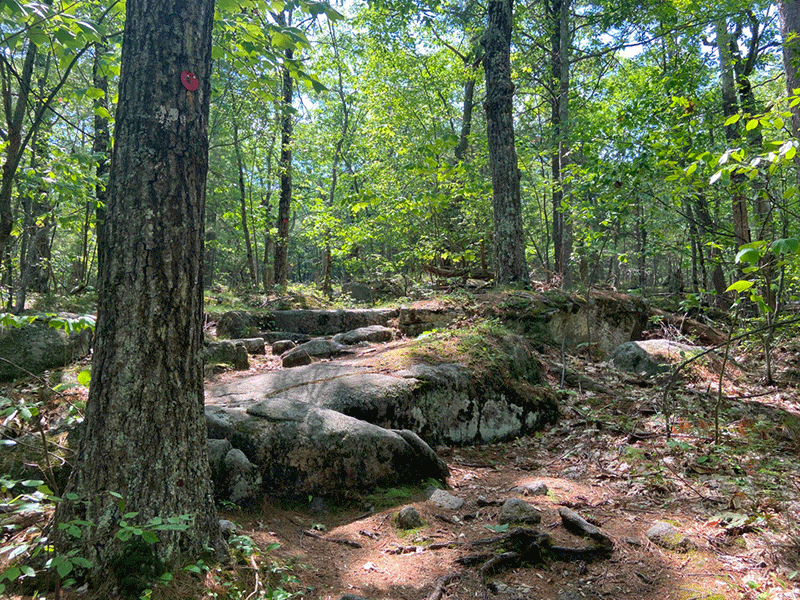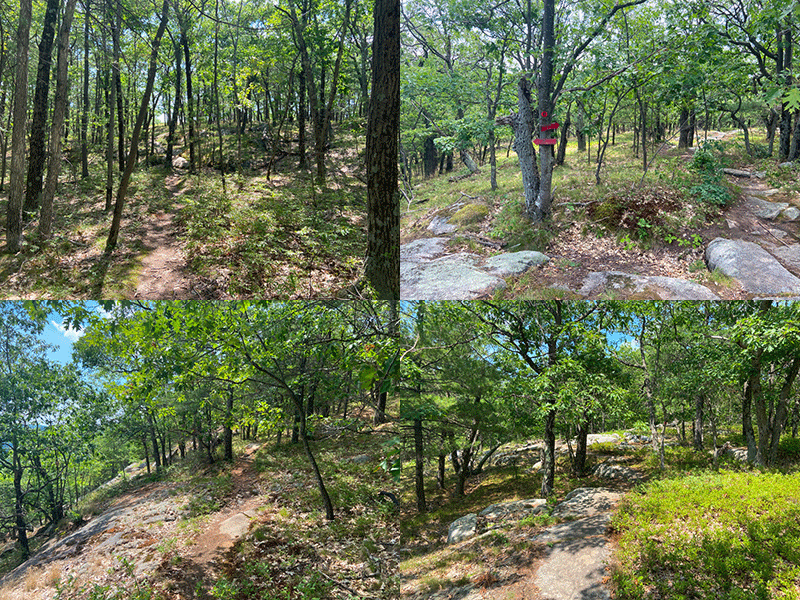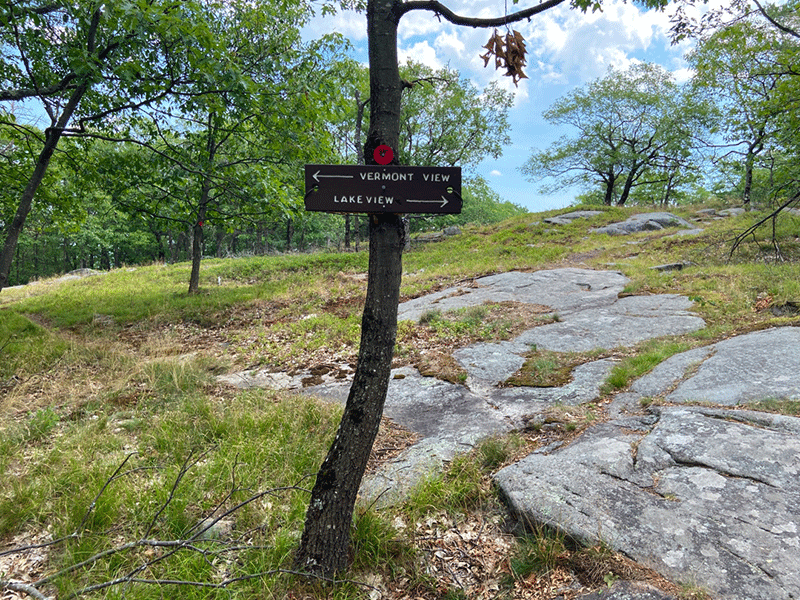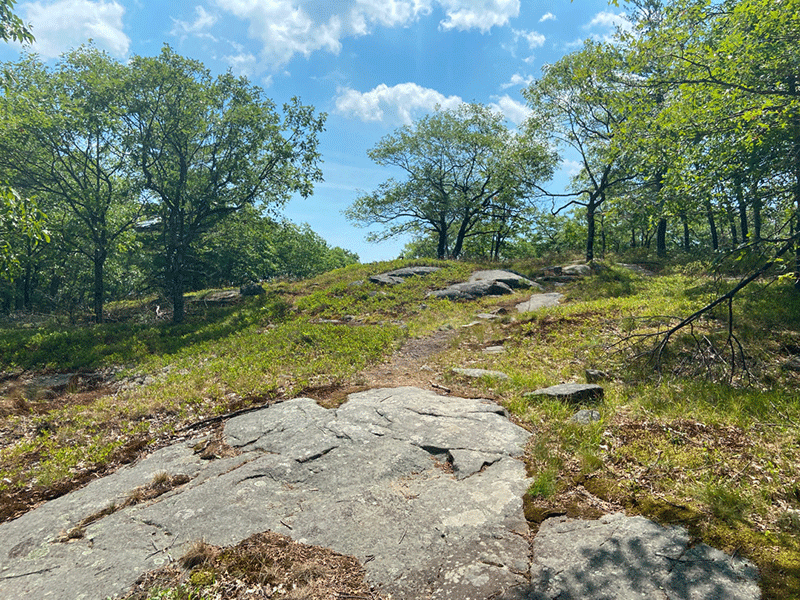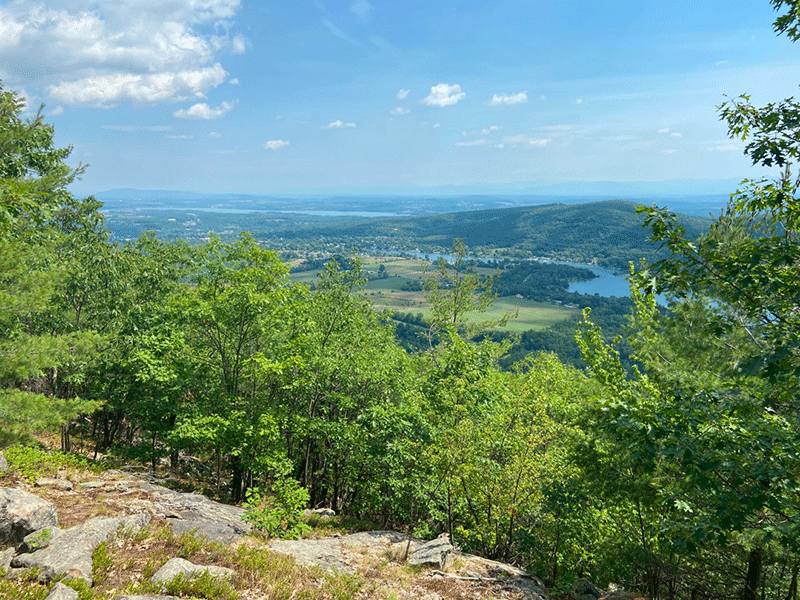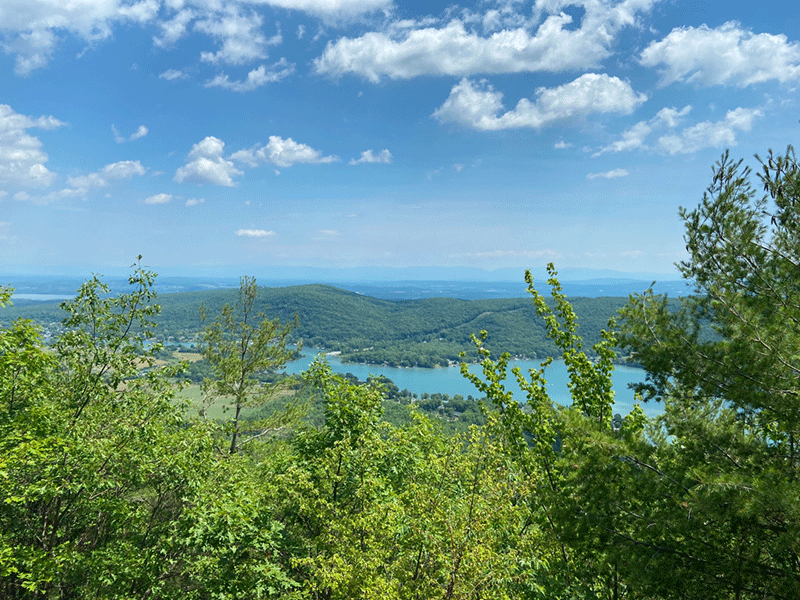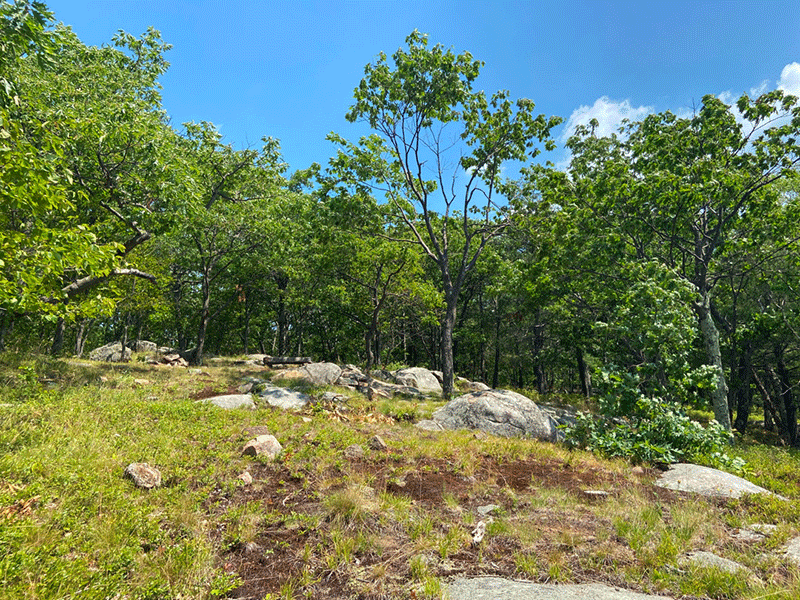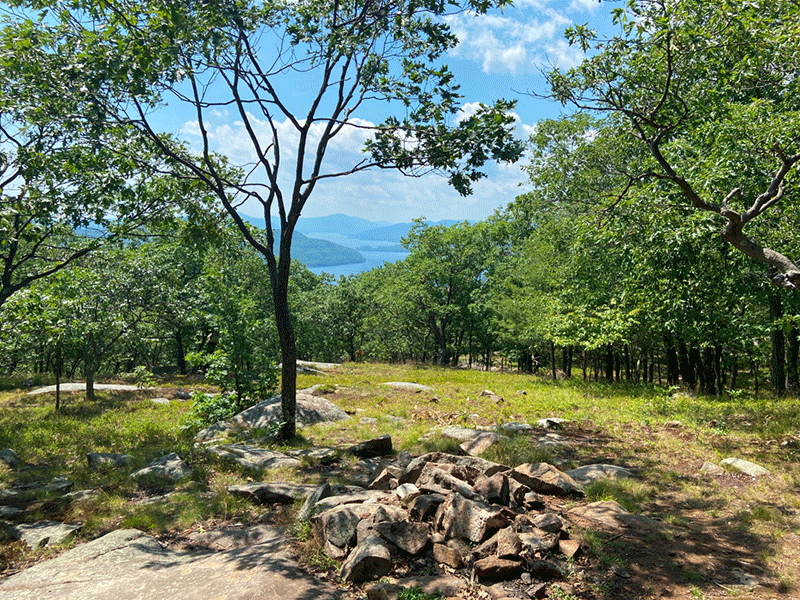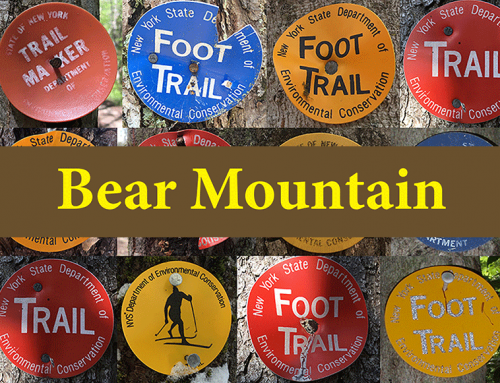Cook Mountain is a short, lovely hike, south of Ticonderoga, that yields stunning views of Lake George and Vermont
Cook Mountain Preserve
1.45 miles (2.9 miles round-trip)
Lake George Land Conservancy
Ticonderoga, Essex County
Hiking, Snowshoeing
Level of Difficulty: Moderate
The Hike Up Cook Mountain
The trail to Cook Mountain is located at the northern end of Lake George, above Heart Bay, in the Town of Ticonderoga in Essex County. Cook Mountain is located on lands protected by the Lake George Land Conservancy. Cook Mountain is a short, lovely hike that yields stunning views of Lake George and Vermont. The hiking trail gains about 1,000 feet in elevation.
The parking area and trailhead for Cook Mountain is on Baldwin Road, south of the hamlet of Ticonderoga. After the trailhead register, the hike proceeds a short distance through a dense forest. Within 0.2 miles, the trail crosses a footbridge and then hits a junction. This is the start of a short loop trail. Stay straight (obliquely right) and follow that trail for 0.2 miles where the trail meets the main trail to the summit. This is the “Ridges Trail.”
The trail passes an abandoned beaver pond and meadow, which is returning to a more wooded state and boasts a diverse selection of fruit trees, apple among them.
The path to the left, on the other hand, winds through a more distinct forest type, full of beech and pine trees with a stream and red elderberries to spice up the scenery. A mild incline halfway through also adds to the terrain and eventually, at the trail’s 0.5-mile mark, connects with the other path at the trailhead for the Ridges trail.
The Ridges trail has a distinctly different feel than the other two paths. Marked by red trail markers — as opposed to yellow — the Ridges Trail is steep and runs just over 1 mile and pushes hikers up through lovely forest before eventually arriving at the two overlooks.
The first half mile is steep, gaining nearly 700 feet in elevation during this stretch, before eventually leveling out at a split between two large glacial erratics. Past the erratics, the hike combs through maple and beech forest before arriving at a stone staircase, short and steep.
At the 1.3-mile mark, the Ridges Trail gives way to open bedrock before climbing another stone staircase and then reaches a trail sign with two white arrows; one points to the right to the “Lake View,” and the other that points left to the “Vermont View.” Check them both out.
The Summit of Cook Mountain
The trail to the “Vermont View” actually has two different access points and descends slightly from the prominent stone summit, making one feel as if they are leaving any potential viewing area. Soon enough, though, the view appears — and it is beautiful. The sweeping view provides a clear shot of mountains to the east, the northern reaches of Lake George, and rolling New York and Vermont farmlands and small towns all around. The lookout spot is terrific.
At the summit, an arrow points in the opposite direction of this first view and offers a second lookout area in approximately 0.2 miles. This view is terrific too. Overlooking the full northern basin on Lake George, with clear views of nearby Roger’s Rock and Anthony’s Nose, the “Lake View” has great views and open, sun-baked rocks and a comfortable wooden bench. Follow The Ridges Trail down the mountain back to the parking lot.
Cook Mountain Trail is managed and maintained by The Lake George Land Conservancy.
Click here for a map and directions to Cook Mountain.
When You Hike Make Sure to Practice “Leave No Trace” to be Prepared and to Protect the Forest Preserve
Please follow “carry in, carry out” rules for all trash and follow other Leave No Trace principles when hiking in the public Forest Preserve and other wild areas. The seven Leave No Trace principles are: 1) Plan ahead and prepare; 2) Stay on hiking trails and camp at designated areas; 3) Dispose of human waste and trash properly; 4) Leave what you find; 5) Minimize campfires; 6) Respect wildlife; 7) Respect other hikers.
Educated hikers do not damage the environment.
Prepared hikers do not need search and rescue unless injured.
Winter Use: Cook Mountain is a popular trail for snowshoeing in the winter.

